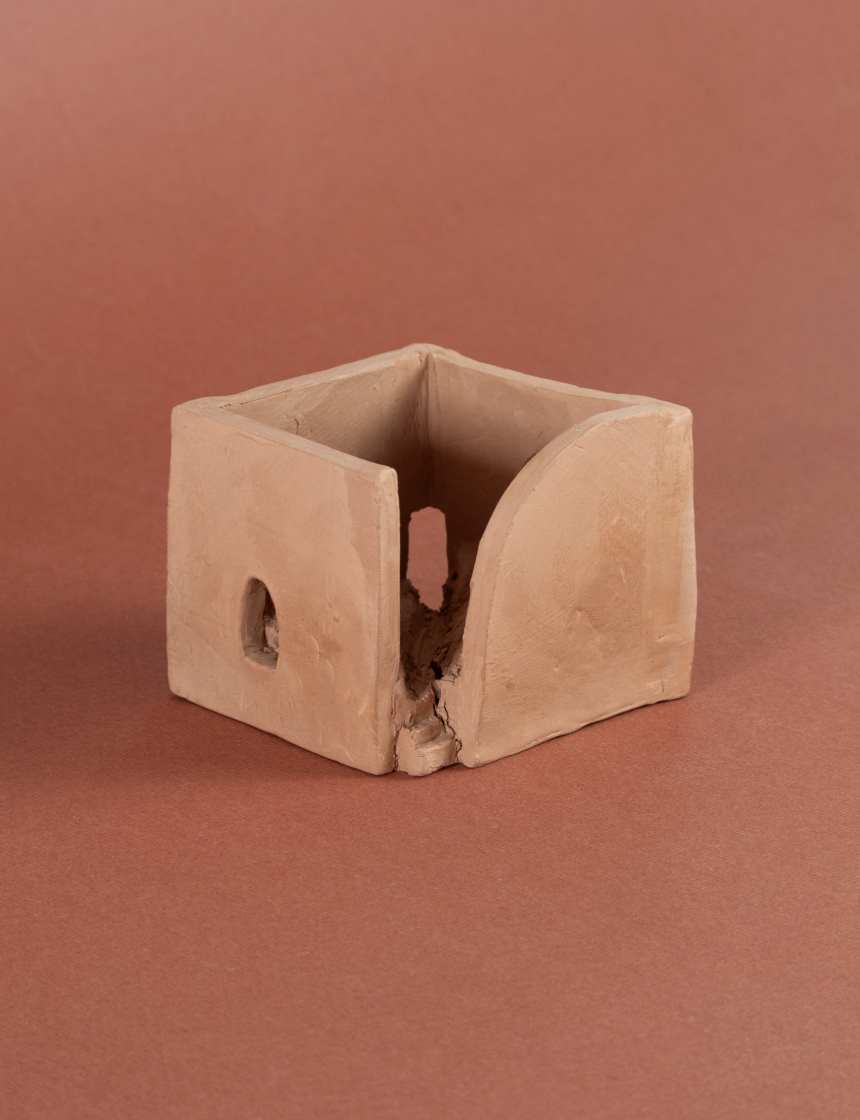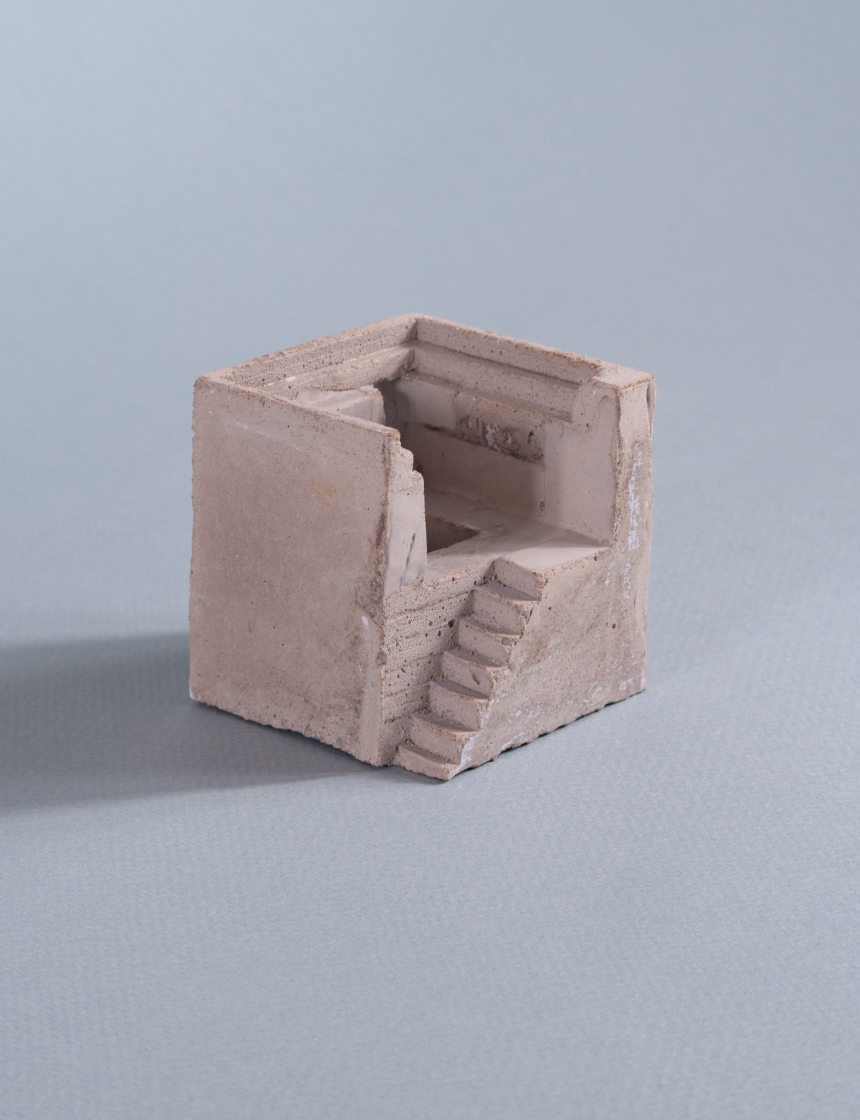Am I Still an Architect?
Between a Discipline and the Self
Whenever I try to recall memories of specific locations or phases of my life, I always return to situations where I am walking 1. As a child in Sicily, I held my Grandmother’s hand whilst walking across town, past the loud noises of the gas station, the intoxicating smell of the cookie company, the longed-for promise of the playground we would have stopped at on our way back, right up to the tiny sidewalk with broken tiles that gave way to the grass on the side of the asphalt road and then to the dirt that went all the way up to the cemetery.
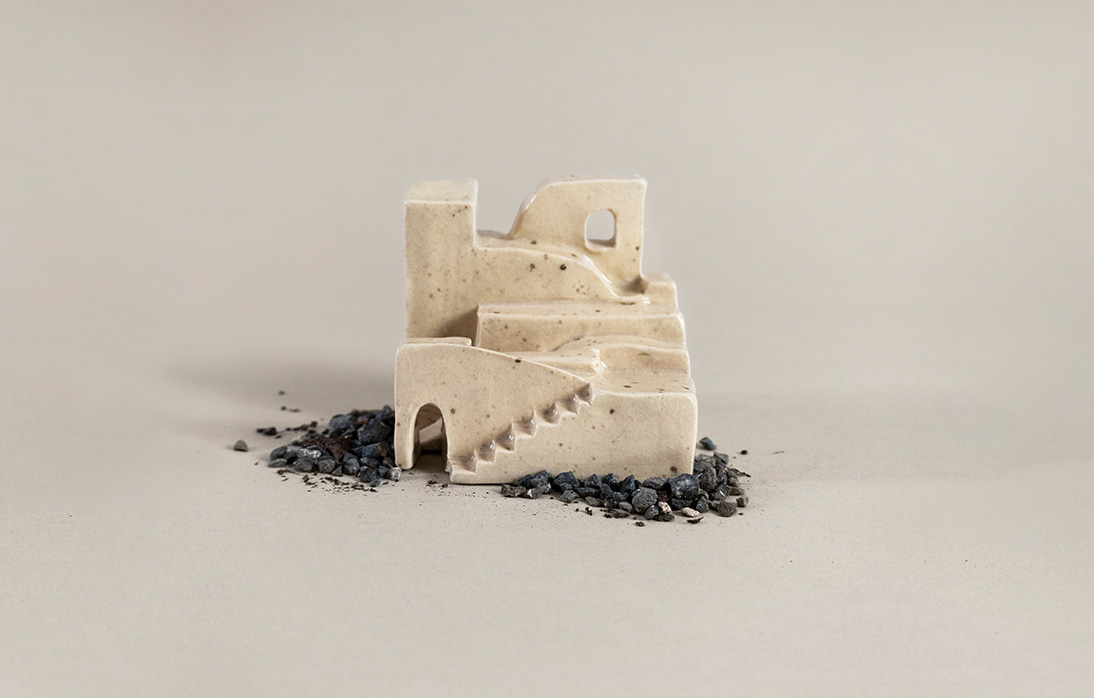
By then, I had already developed an unhealthy habit of obsessively staring at where my feet landed. It most probably started the day I had to accompany my dad to the voting poll across the old station tunnel: he had instructed me to carefully watch my steps to avoid used syringes on the ground—it was the ʼ90s. As a teenager in Rome, I used to take the dark shortcut to the subway behind the park with my friend, up a long ramp of stairs, and a few steps down again. Between the concrete wall of an old church and the high fence of the park, both covered in ivy and other climbers, we barely had enough room to walk side by side without scratching our shoulders. She was the brave one. Whenever I was on my own, I would take the long path around the park. As a student in Amsterdam, I walked on my own at night along the canal near the park, startled every time one of the neighbourhood’s weird, human-size bronze sculptures entered my field of view, and laughed at myself for being lost in thought once again. I don’t remember being at the cemetery as a child or waiting outside while my dad voted. I have no idea where my friend and I used to go by subway in Rome, and I have very few recollections of my first apartment in Amsterdam. Yet, the sensations from those walks are as vivid as if they happened yesterday.
“I have no idea where my friend and I used to go by subway in Rome, and I have very few recollections of my first apartment in Amsterdam. Yet, the sensations from those walks are as vivid as if they happened yesterday.”
I am a spatial designer, a writer, an editor, an educator, and an artist. My practice is a composite of various identities, all of which shape my work. Yet, in most professional environments, none of these are relevant because I’m an architect and that’s all that counts. During my education, I was taught to respect and cherish this title, as it would be the most important indicator of my status. Now, as my work brings me time and again to the edge of the field, it is becoming clearer why the title of architect is actually quite limiting.
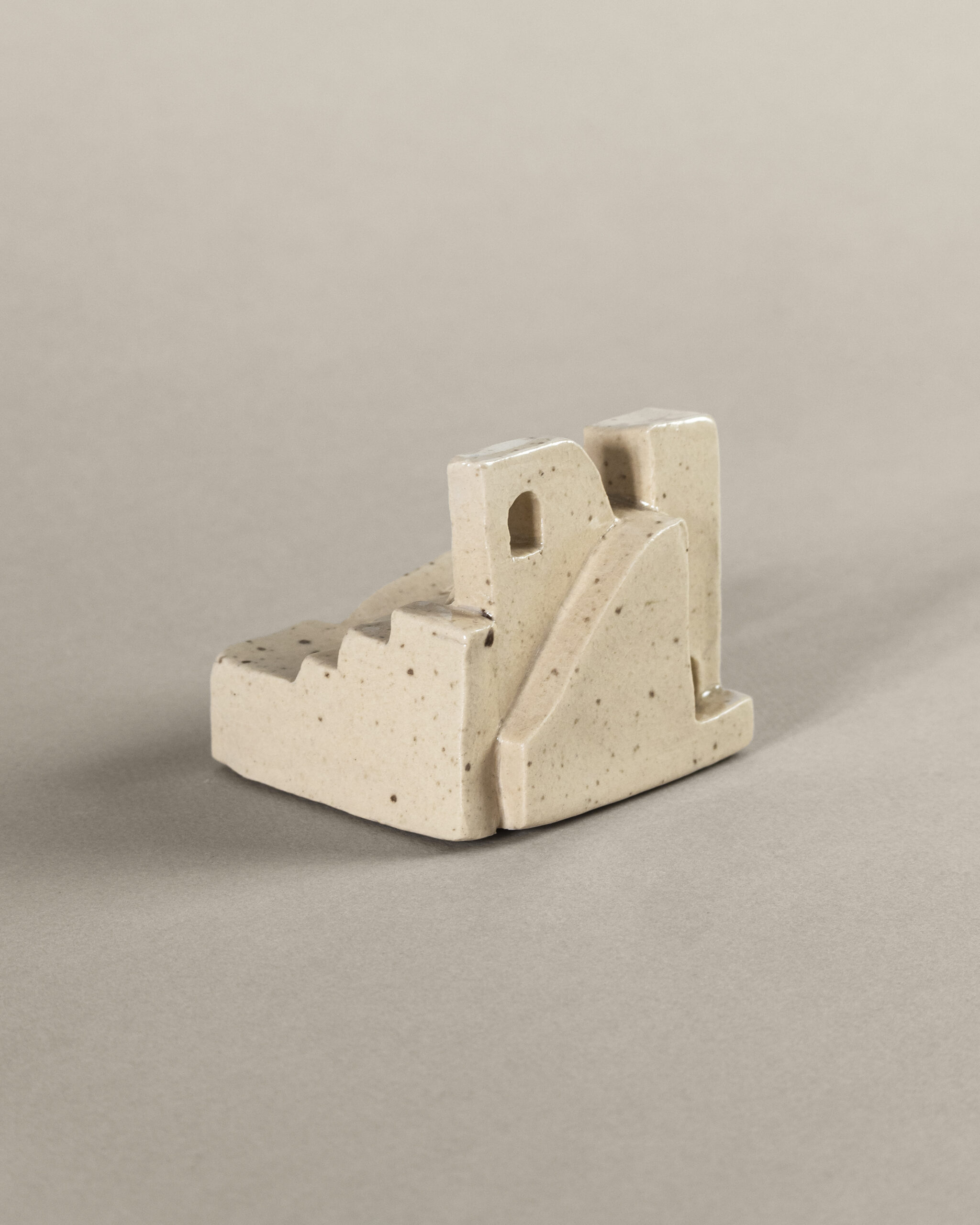
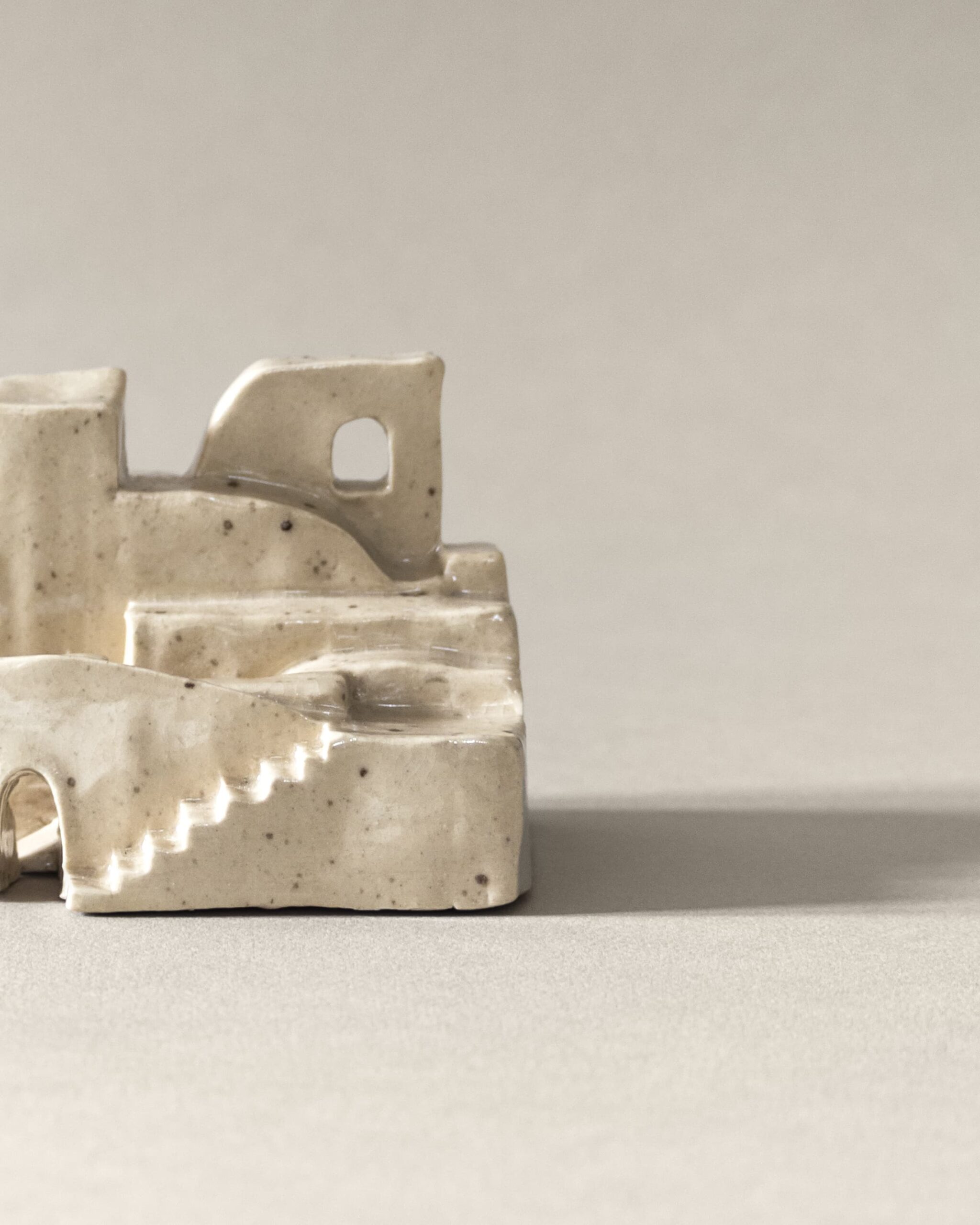
At least in part, some of my misalignment with this professional category comes from being a woman. We have come a long way from a time when women were thought to lack spatial perception and the male body was considered a prerequisite to practice architecture, where women who became architects were believed to lose their womanhood in the process. Yet, the legacy of this history still affects the discipline today 2. The model of the male architect that emerged from this legacy is still relevant not only in the way the persona of the architect is perceived and developed in the field, but also in the way we approach the practice itself.
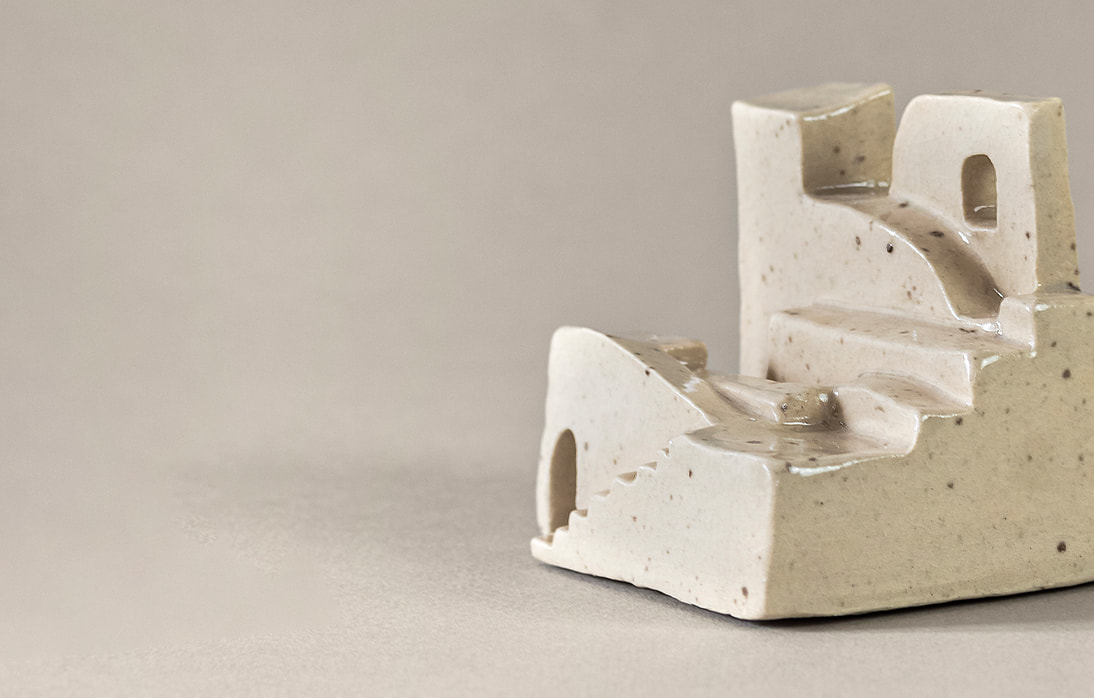
The enduring myth of the lone creative genius, the competitive businessman authoritatively commanding his army of helpers (but ready to get his strong hands dirty on the building site) has prevented an inherently collaborative discipline from embracing the wide range of roles and skills needed to approach the contemporary built environment. The pressure to conform to this traditional persona starts at the academy, where the studio reigns supreme, and continues long after graduation. ‘Non-practicing architects’, whether they are academics, critics, writers, teachers, conceptual artists, or anything else, are often seen as architects who didn’t quite make the cut.
Endnotes +
1.
‘Walking shares with making and working that crucial element of engagement of the body and the mind with the world, of knowing the world through the body and the body through the world.’ - Solnit, Wanderlust: A History of Walking, 22.
2.
Despina Stratigakos has explored the canonical image of the architect between 1900 and 1920, when women had just entered the profession. In the discussion of whether women were fit to be architects, many sources she quotes set out to define what features were needed, whether women possessed these features, and what would happen to them when they became architects. She writes that, whether as an argument for or against women’s inclusion, it was agreed upon that ‘the architect needed a healthy, strong and athletic body. So closely were these qualities associated with the male body that some believed that women who became architects would become transgendered in the process.’ - Stratigakos, ‘The good architect and the bad parent: on the formation and disruption of a canonical image.’
Unrelated stories

